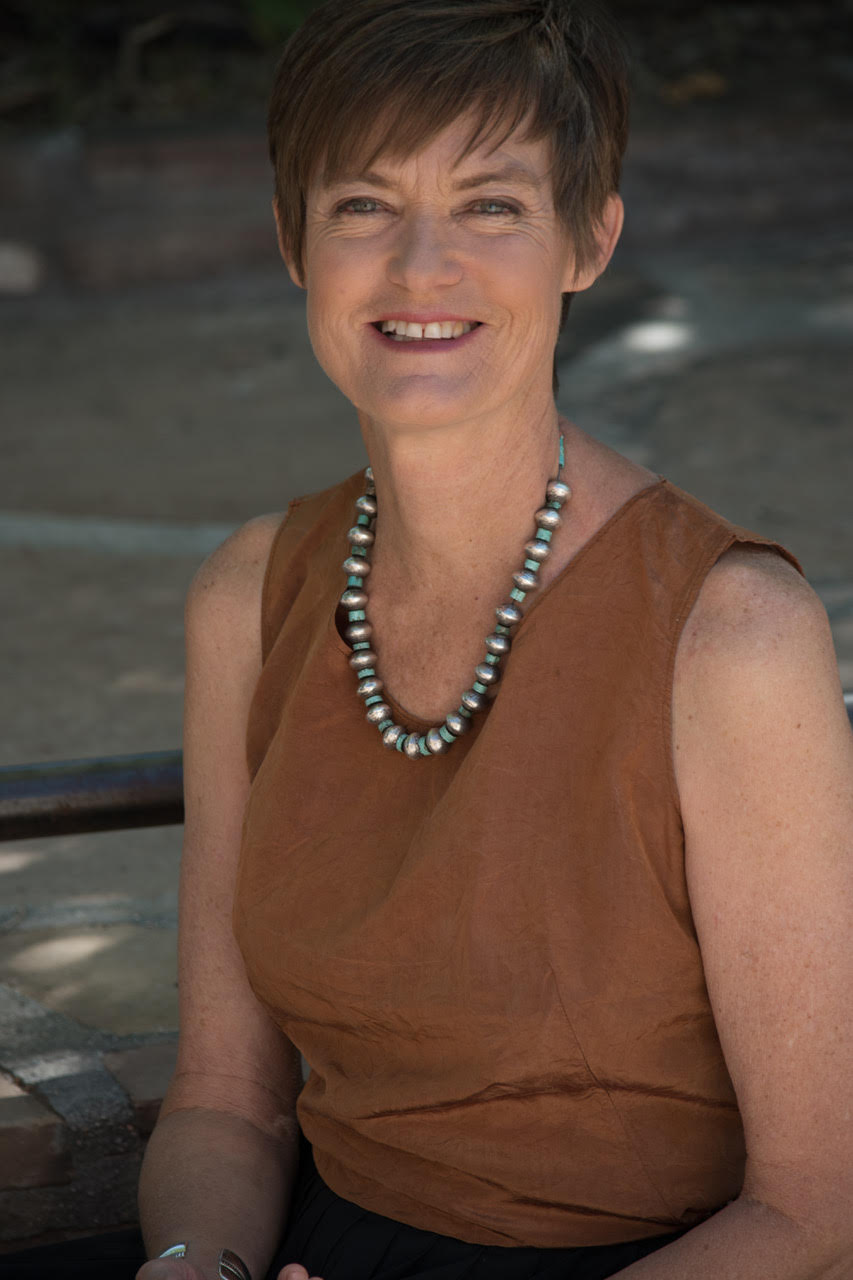 October has become November. The clocks have fallen back an hour. We’ve had two beautiful, moisture- filled snowfalls.
October has become November. The clocks have fallen back an hour. We’ve had two beautiful, moisture- filled snowfalls.
Stop, take a breath, close your eyes. Open your eyes and look around you. Find something beautiful that doesn’t require fixing. Take a moment to enjoy that glimpse of beauty that requires no effort on your part.
Congratulate yourself. We have been through some challenging, uncertain months and we have mostly adapted and survived.
Every person reading this article has a unique reality and set of challenges. Personally, I’ve had my eye focused primarily on children and youth, their families, their learning, schools and wellbeing.
One fact that has been very clear in these months of remote schooling is that learning is not only academic, it is also social and emotional. Prior to the pandemic, different schools had different priorities. Some saw their role to be primarily, and perhaps exclusively, conveyers of knowledge, using state mandated competencies and measures of success as their sole guidelines.
Other schools approached learning from a more student-centered approach, attending to the emotional and social, as well as academic needs and development of students. They valued getting to know children as whole human beings, making learning student-centered, teaching children to talk about feelings, to utilize their emotions towards positive outcomes and welcomed parents into children’s learning and lives at school. Their belief? First connect, then teach.
Such schools ensured that all of the children felt seen, connected and accepted. These schools intentionally built mutually respectful relationships with families. They recognized that how a child is treated at school, how a child feels about himself as a learner, and how his family is welcomed into school is critical to becoming a hopeful, participating member of society and the world.
National data indicates that children who learn in a socially and emotionally competent environment and are systematically taught social and emotional skills learn better and achieve a remarkable 11% on average, higher scores on standardized academic tests!
In Taos some students are not showing up for on-line instruction at all—which can be interpreted as truancy and involve the actions of outside agencies.
Whose responsibility is this?
There are resources in the community that can help build and maintain bridges between home and school, family and teacher, learning and wellbeing.
Taos Behavioral Health, Inspire, the Nurturing Center, the Community School Liaisons, and …..have committed resources and trained staff to create solid bridges with families as well as spaces where children can learn in a kind, caring, environment with emotional support for education.
All children deserve schools where the adults know them, and create a caring, consistent, respectful and welcoming environment where every child feels accepted and connected.
Schools where relationships with students and families have been a priority – connect– then teach –have been successful in keeping students engaged. They have been able to partner with families to support learning during these long months of school closure.
Hopefully, all of our schools will ask for help, for ideas and examples from other schools and from local agencies, from their neighbors and colleagues who over the past 18 years have developed approaches to social and emotional support and learning.
All the children in the community will then have access to teachers and systems that attend to their emotional and social needs and those of their families. All parents can expect to be actively and intentionally welcomed as partners in their children’s learning. All children will then have a fair chance at the 11%-point increase in academic achievement.
Wouldn’t this be fair?
Taos Behavioral Health has the largest licensed and credentialed behavioral health staff in northern New Mexico. We can be reached at 105 Bertha in Taos for scheduled appointments, at 575-758-4297 and taosbehavioralhealth.org.
Amy McConnell Franklin is a Taos resident and a member of the TBH Board.

